|
Centrip Editorial Board
Arimatsu, a taste of traditional Nagoya

目录>
What is Arimatsu like?
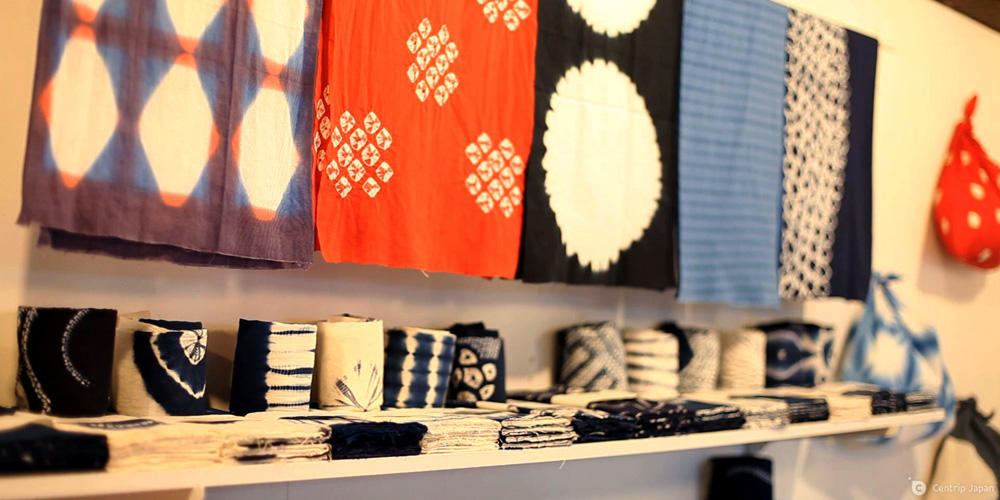
Arimatsu (有松) is an old town, situated about 20 minutes away from Nagoya by train, famous for tie-dyeing (絞り染め / Shiborizome). Arimatsu was established in 1608 and has a history of over 400 years. In the famous Japanese Ukiyo-e (浮世絵) series, 53 Stations of the Tokaido (東海道五十三次 / Tokaido Gojusan-tsugi), depicts the 53 stations on the old Japanese Tokaido road (東海道 - the ancient traffic hub connecting Edo and Kyoto). One of them, Narumi : Meibutsu Arimatsu Shibori (鳴海:名物有松絞), has a historical depiction of an old Arimatsu tie-dye shop.
Arimatsu's history is said to be the history of Arimatsu Shibori. Shiborizome was the primary source of income for the people of the town and was a popular souvenir for travelers of the Tokaido road. Over time the Tokaido road fell out of use but the Shiborizome crafts, as well as the historical buildings, remain for you to experience Japanese tradition.
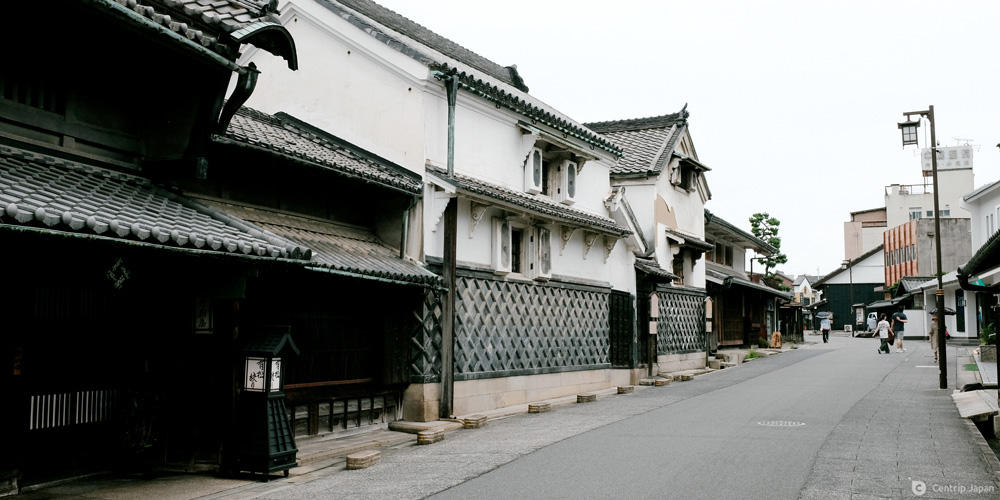
The town wears its past on its sleeve. In the street corners, window gratings, handrails of staircases, and the fences around homes all show the history of the town. Let's take a relaxing walk through the town and take a peek at the remnants of its past.

Recommendations
1. Arimatsu, Narumi Shiborizome Museum: Shop & Experience
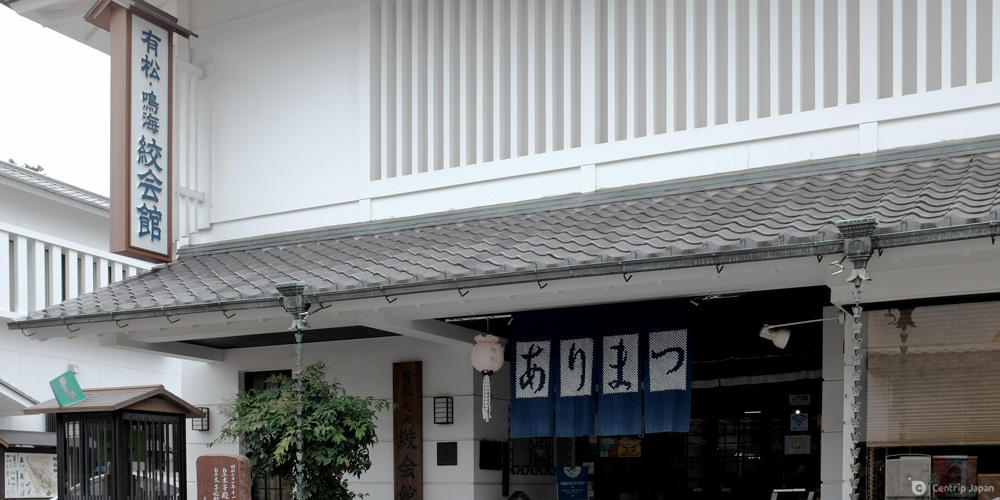
After getting off at Arimatsu station, take the path and you'll arrive at Arimatsu Tokaido. As you walk along the road a white two-story building will come into view, this is the Arimatsu, Narumi Shiborizome Museum.
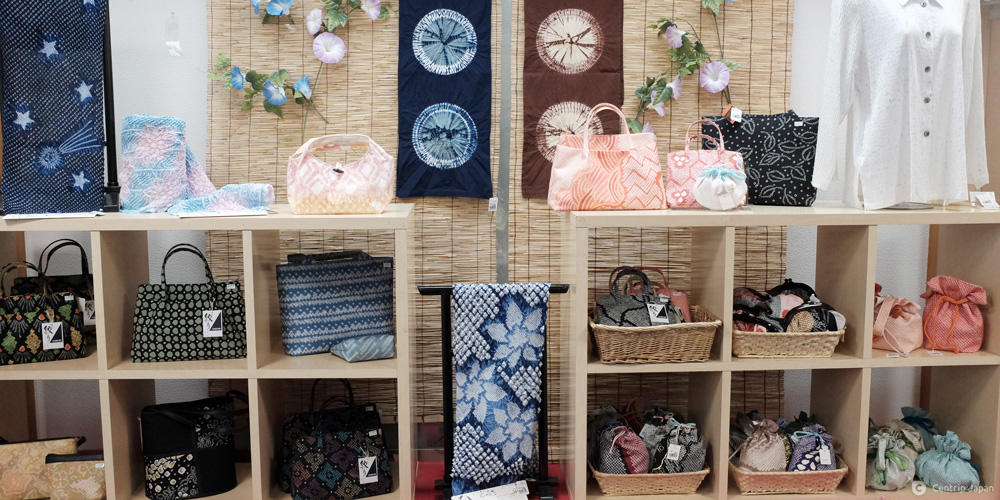
The first-floor shop has handkerchiefs, western clothing, wallets, scarves and more are displayed.
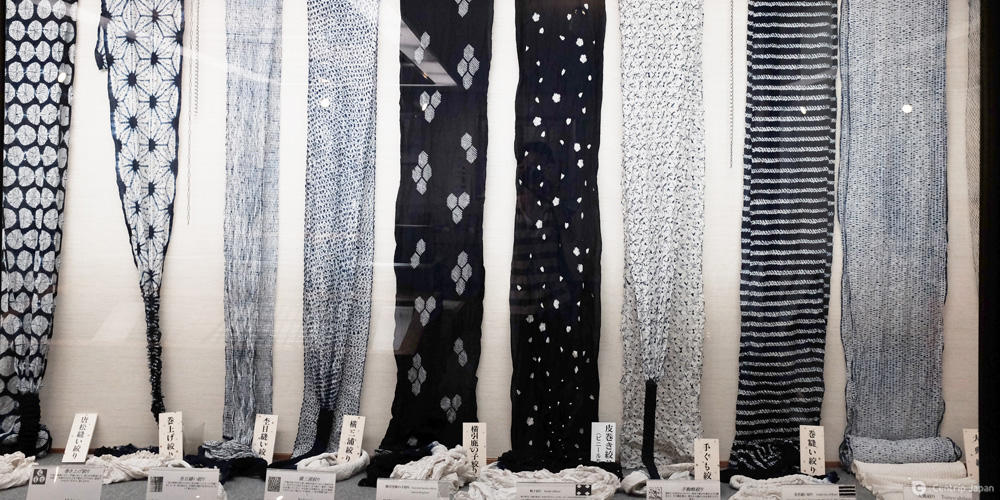
The second floor has materials on display, you can learn about Shiborizome's history, and watch the staff demonstrate the Shiborizome technique. There is also a Shiborizome classroom exhibit.
A fee is required to enter the second floor, ¥300 for adults, and ¥450 for a dual-entry ticket to both the Shiborizome Museum and the Festival Float Museum.
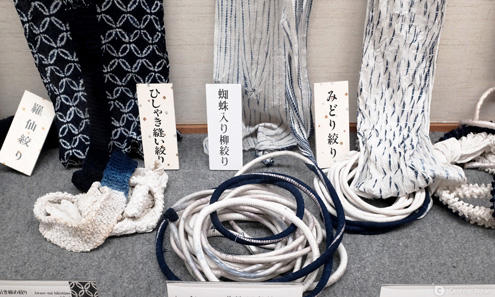
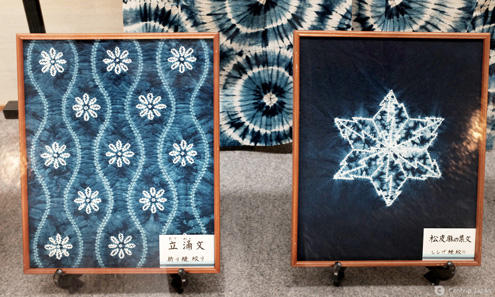
In the library, an introduction video of Shiborizome is played every 15 minutes. The surrounding showcases display finished & incomplete Shiborizome products. More than 100 types of Shiborizome are on display. Displays such as people knitting fabrics into various shapes with yarn using a variety of tools, as well as hemp rope, carpets with long hair can be seen. The effects of dyeing process differ depending on the dyeing method.

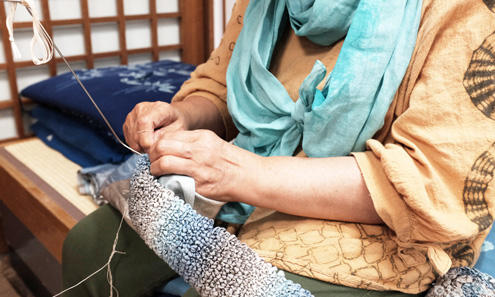
Two craftsmen in the exhibition area gave me explanations while piercing the cloth. One of them hooked and bound the cloth with a thread and the other craftsman wrapped the cloth around a protrusion, as long as a little finger. Next, the cloth is soaked in a dye cup, and the bundled parts won't retain the dye.
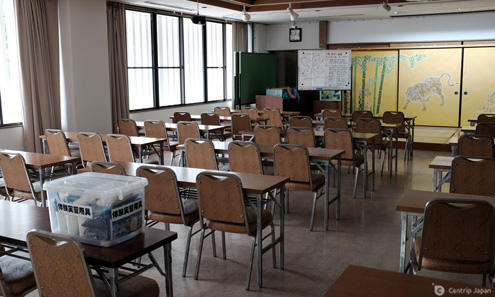
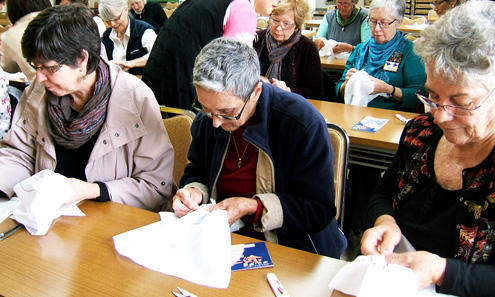
Trial lessons for teaching dyeing are available, a handkerchief (¥1,080 including tax), table runner (¥2,160 yen including tax), Noren (dividing curtain) (¥2,700 including tax), apron (including tax ¥3,240), and T-shirts (men: ¥3,780, women: ¥3,240). Lessons must be booked in advance by e-mail.
Craftsmen will teach you from the beginning. The dyeing process is complex and time-consuming, so you won't be able to see your finished fabric in class. But you can fill in your address and the craftsmen will finish the dying process and your dyed cloth will be mailed to your home.
2. Float Museum: See Japanese Culture
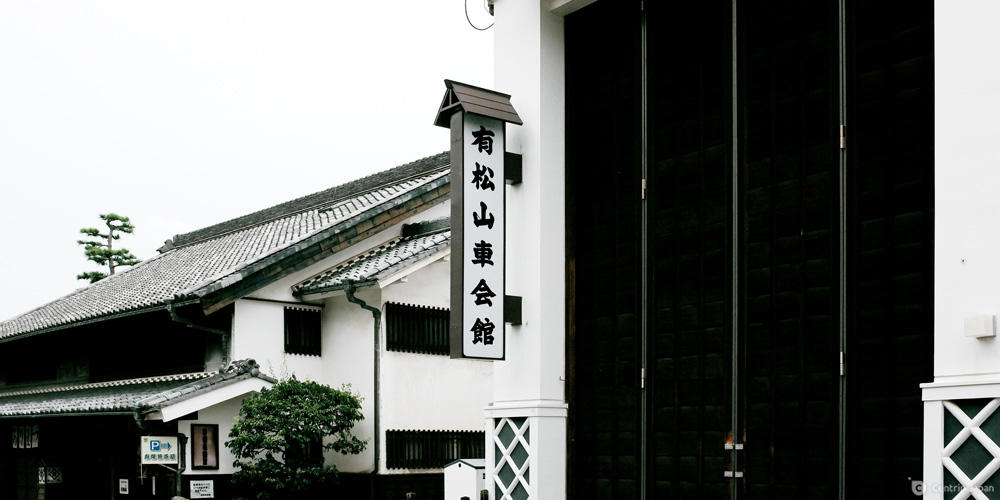
When you leave the tie-dyeing museum and continue down the road, the Float Museum will jump into view on the left side of the road.
Tickets for the Float Museum are ¥200. On the 1st floor, a video introduces three floats, the Hotei Float (布袋車 / Hoteisha), Karako Float (唐子車 / Karakosha), and Empress Float (神功皇后車 / Jingukogo). The main difference between each float is the doll. The float has a wooden two-tiered structure, with four large wheels on the bottom.

A large and splendid float symbolizes a mountain and gives worship to the god of the mountain. During the cruise, the doll on the top of the float plays the leading role, the doll writes characters, performs arts, shouts, and dances happily. Its performance is controlled by the people under the floats.
The dolls in the museum are something that visitors can experience. When you pull the ropes below, the dolls swing their legs and arms.
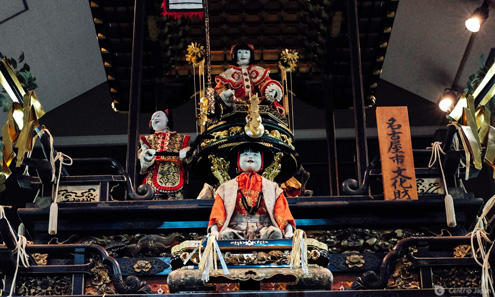

The Arimatsu Hotei Float has a height of 5.9 m and four dolls on display. One of the dolls is a girl doll that smiles while holding a brush on the center of the second level. Every year on the first Sunday of October, the Arimatsu Tenmansha Autumn Festival (有松天満社秋季大祭 / Arimatsu Tenmansha Shuki Taisai) and the June Shiborizome Festival, the Hotei Float goes around the town and the image of old townscape is spread out before you.

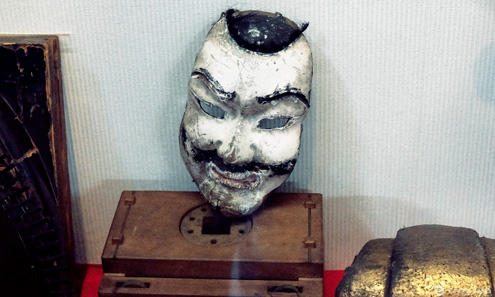
On the second floor is a reference room where some floats are displayed. A doll in a luxurious costume, a tengu (天狗 - a mythological creature) with a long nose, and a mask with a rugged surface create a fantastic display.
3. Arimatsu Tenmansha: Prayers for Academic Success

Speaking of autumn festivals, you have to go to Arimatsu Tenmansha Autumn Festival. The shrine is on the other side of the station, about 9 minutes on foot across the street and across the railroad crossing.
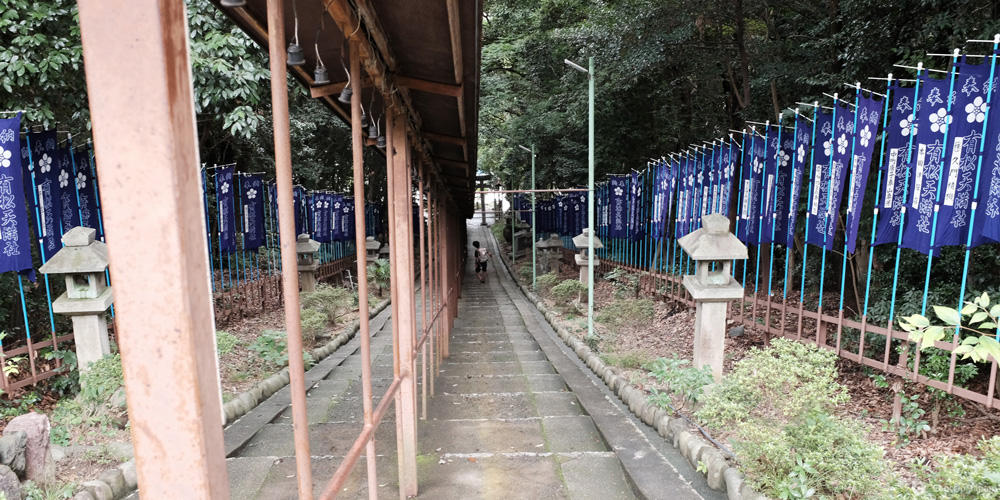
Arimatsu Tenmansha is located on a small mountain. After passing through the toriigate and going up the long stairs, you will arrive there. The trees grow and become richer in summer. The god enshrined here is Sugawara no Michizane (菅原道真), a deified historical figure.
Sugawara no Michizane was a nobleman of the Heian period and was a talented scholar who served as an important priest in the Imperial Court and came to be regarded as the god of learning after his death.

The stone sculpture Fudeosame (筆納め) at the shrine is said to grant good scholarship in exchange for offering old brushes to Sugawara no Michizane.
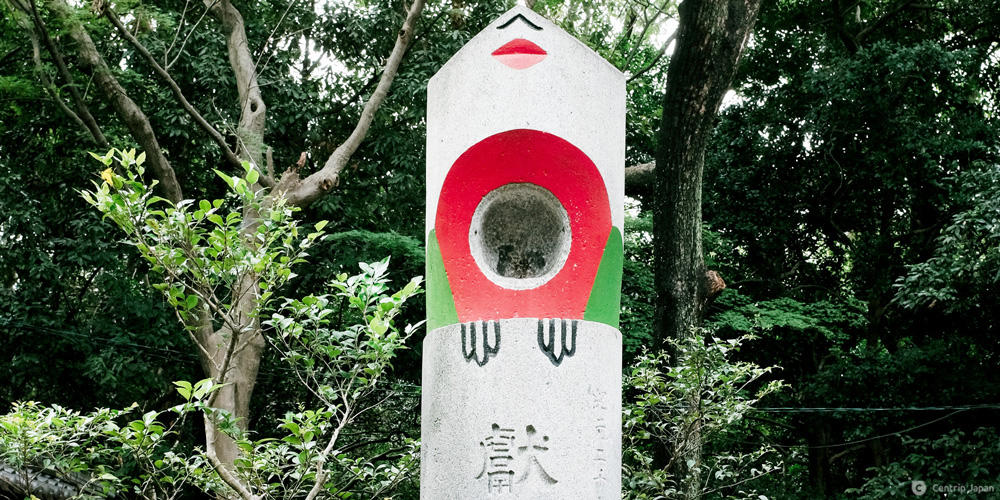
In addition, there is a Uso stone lantern (鷽の灯籠 / Usono Toro) at the shrine. Michizane really likes birds. The pronunciation of Uso (鷽 - Bullfinch) is the same as Lie (嘘 / uso), in Japanese, and represents that all your disasters and troubles will be a lie, and Arimatsu Tenmansha is also said to have the benefit of warding off evil.
4. The view of Arimatsu Town: Visiting Old Houses
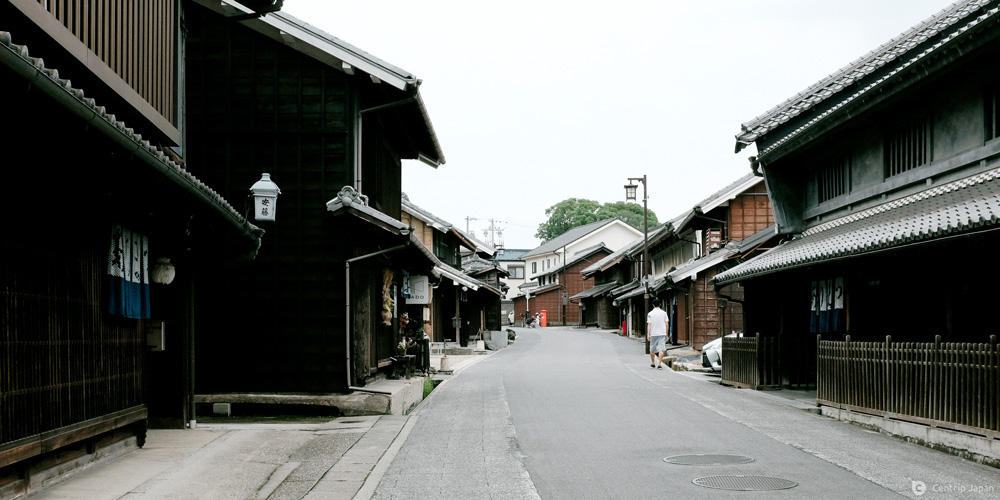
After leaving Arimatsu Tenmansha, you can return to Arimatsu Tokaido in about 5 minutes after returning to the road. About 800m of this street along the long Tokaido road is lined with characteristic old buildings, many were built in the late Edo period to the early Showa period.
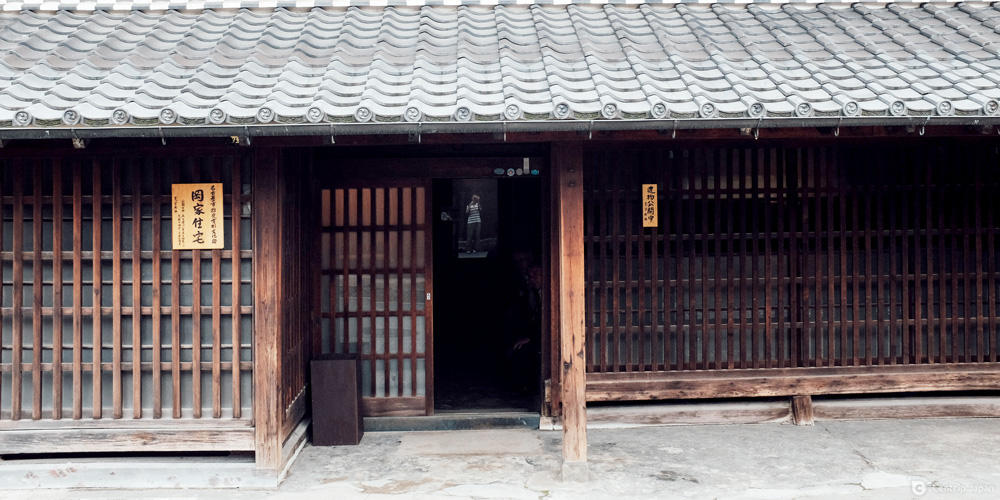
One of the typical buildings is the Oka family residence (岡家住宅 / Okaya Jutaku). This building is a typical Arimatsu Shibori merchant's house, and the main entrance is wide and faces the streets of the Tokaido road to sell goods to passersby. In addition to the main house, the mansion has a workshop, east warehouse, west warehouse, and courtyard. The main room is open for free and two commentators will guide you.

When you enter the room, you will see a large room on your right and light from outside will illuminate the floormats through the lattice door.
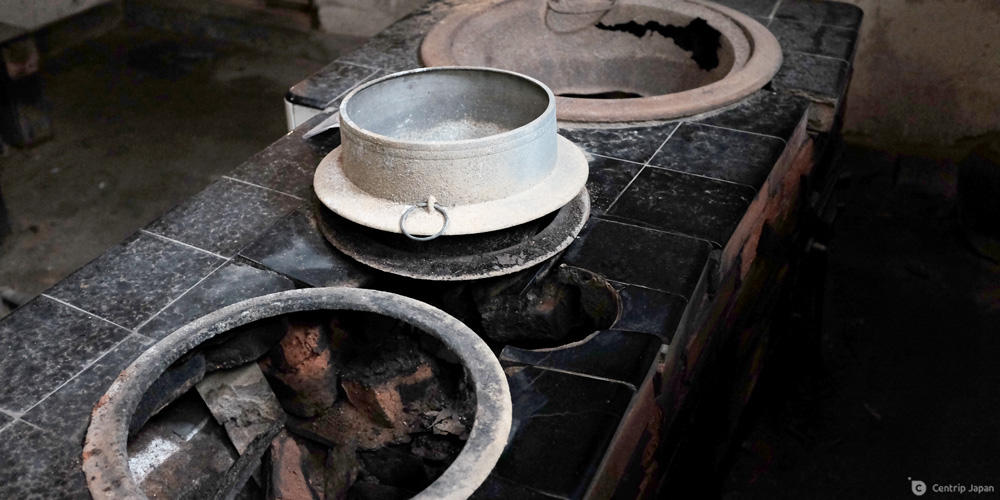
When you enter the house, there is a hot water room on your left, where thick soil has been applied to the walls, pillars, and beams for fire protection. The old kitchen stove remains, and you can imagine the lives of the residents in the past.
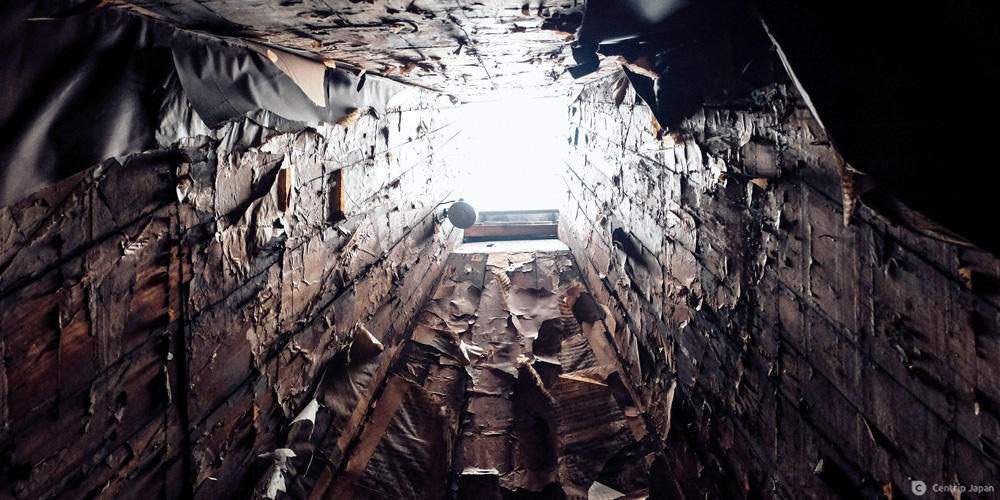
There is a small room opposite the kettle house. This room is located inside the building, with no windows, extends to a high ceiling, and gradually narrows to keep the skylight open to ensure the lighting of the ceiling.
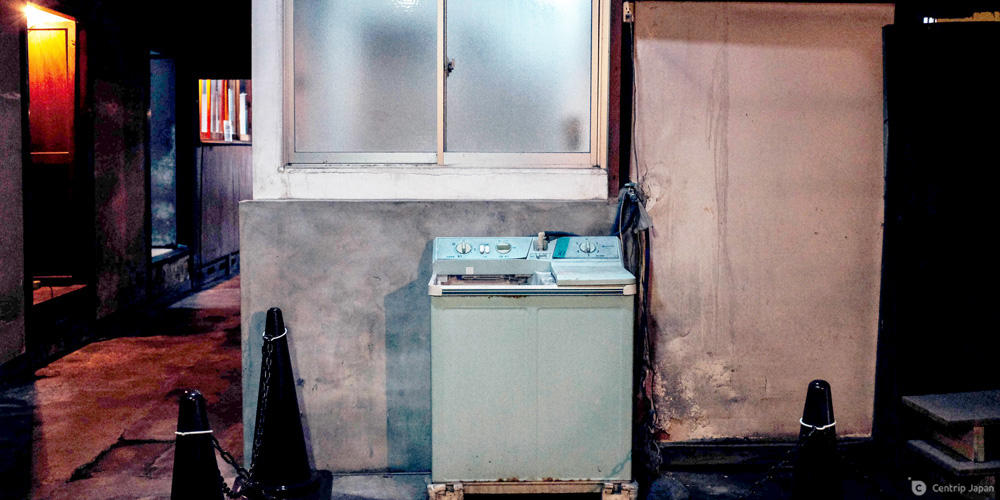
Going further back, there is a large workshop and a washing machine on the wall.
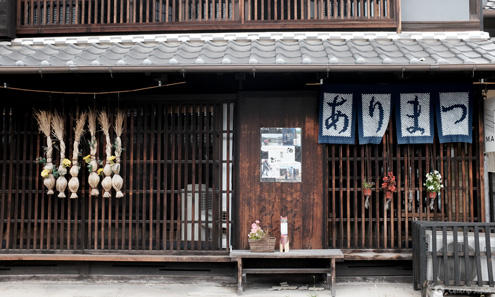

In addition to the Oka family residence, there are many Edo-style buildings in Arimatsu that have been repurposed as Shiborizome craft shops and restaurants for shopping and dining.
Many tie-dye shops, such as Kuno Shiborizome Workshop and Hayazome, offer a dyeing experience in addition to shopping and often require advance reservations, so it is recommended to check before arrival.
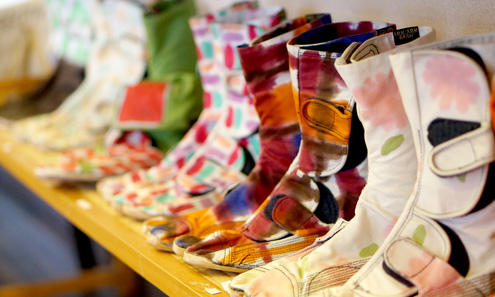

Choose from a selection of hair bands, hair shoes, bags, and cute souvenirs, lined with colorful Shiborizome craft.
Take a rest at a bakery: Arimatsu Shiborizome Bread

Are you tired of taking a long walk? DASENKA Kura (DASENKA・蔵) is recommended when you want to take a break.
The house of Hanjiro Kamiya, who was an Arimatsu Shiborizome merchant, was called the Kamihan Residence and is now a restaurant called DASENKA Kura.
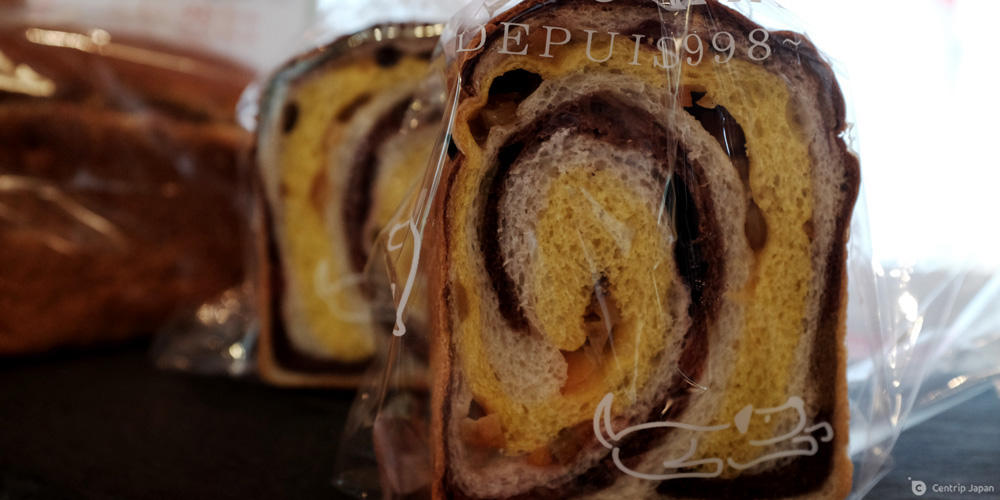
The specialty of this restaurant is the bread inspired by Arimatsu tie-dye. When the bread is cut open, the surface has various colors, like a Shiborizome pattern. The Shiborizome buns are also very healthy because they do not use any artificial colors or preservatives.
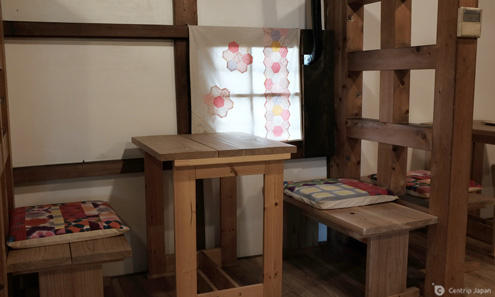
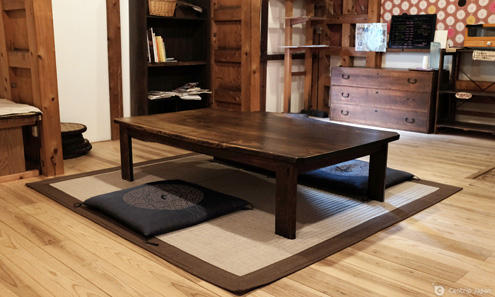
In addition to take-out, you can eat-in on the 1st, 2nd floor, and courtyard rooms. The restaurant has a refreshing atmosphere, with gentle music, and the occasional chirping of cicada.
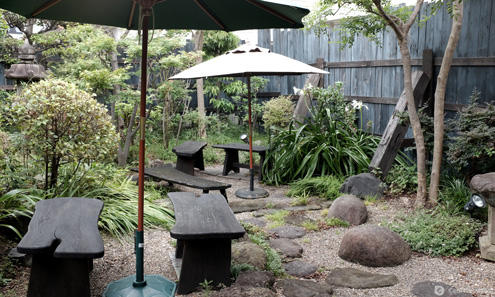

There is a Japanese-style garden in the courtyard, where tall trees and shrubs are planted, and large and small stones are scattered on the ground.
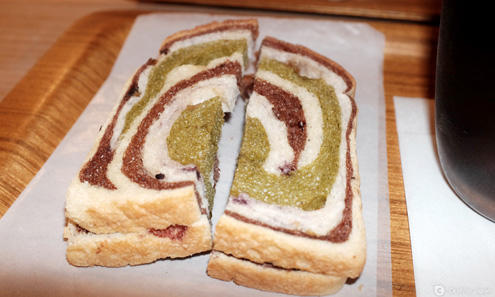
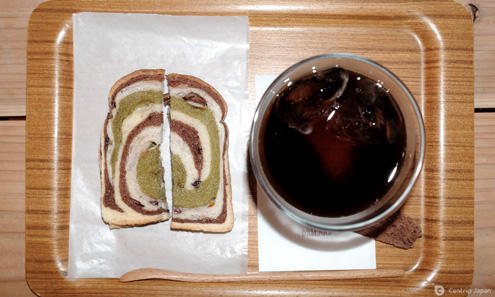
Just one bite of Arimatsu bread will make you a fan! Because it does not contain sugar, the natural tastes of the wheat remain in your mouth. In addition to adding a fresh taste, the bread is kneaded with cinnamon to enrich the texture.
Please refer to SPOT INFO for Arimatsu Transportation
Wrap-up
Arimatsu is not as fearsome as Nagoya Castle, nor as fashionable as Sakae, it is calm and warm, so it may not be alluring to most people, but you can immerse yourself in its old atmosphere. If you want to get out and enjoy some history, go to Arimatsu.

